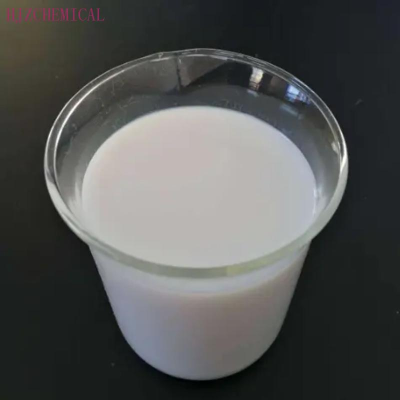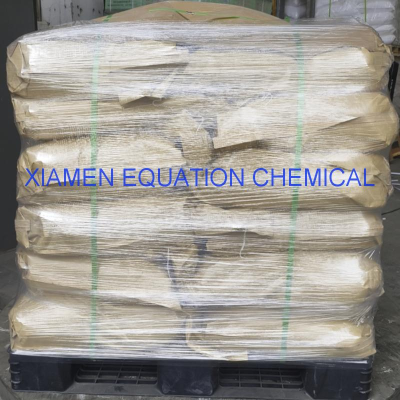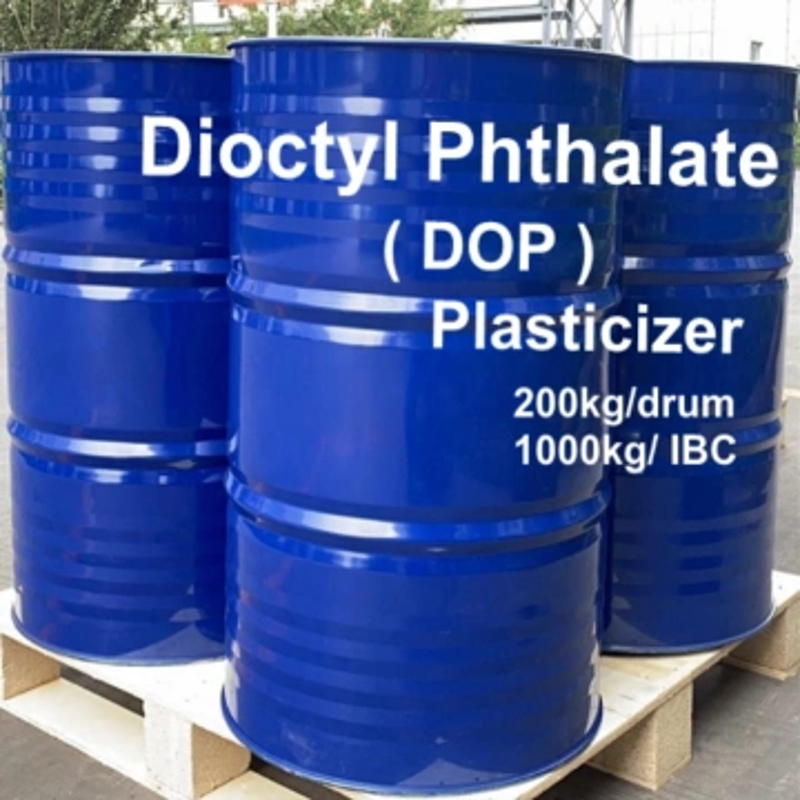-
Categories
-
Pharmaceutical Intermediates
-
Active Pharmaceutical Ingredients
-
Food Additives
- Industrial Coatings
- Agrochemicals
- Dyes and Pigments
- Surfactant
- Flavors and Fragrances
- Chemical Reagents
- Catalyst and Auxiliary
- Natural Products
- Inorganic Chemistry
-
Organic Chemistry
-
Biochemical Engineering
- Analytical Chemistry
-
Cosmetic Ingredient
- Water Treatment Chemical
-
Pharmaceutical Intermediates
Promotion
ECHEMI Mall
Wholesale
Weekly Price
Exhibition
News
-
Trade Service
According to foreign media news on October 7, the untimely rains in Kerala, India, and the decline in car production caused by chip shortages have led to a decline in the demand for rubber used to make tires
.
Usually, the peak period of rubber tapping in Kerala lasts from September to January of the following year
.
But heavy rains in early September and October prevented Kerala growers from maximizing production
.
Kerala is the largest rubber producer in India
.
Due to the disruption of supply and demand caused by the decline in Kerala's production, natural rubber prices in India have remained firm
.
GeorgeValy, chairman of the Indian Rubber Dealers Federation, said that if rubber cannot be tapped at regular intervals, yields will drop
.
Rubber farmers cannot tap rubber once in four days
.
If it continues, yields may drop by 50%
.
In Kerala, many growers sell latex directly instead of cumbersomely converting it into industrial flakes
.
For a period of time, the price of latex in India remained at around 120 rupees per kilogram
.
The price of RSS4 rubber used in the automotive industry fell from a high of 180 rupees per kilogram on September 1 to 169 rupees as of last week, and has remained stable since then
.
Santhosh Kumar, CEO of Harrisons Malayalam Ltd.
, said that the weather forecast shows rain next week
.
We hope that production will improve in the next two months
.
Overall rubber production may not improve much compared to last year, let alone reach the level of a few years ago
.
In the next few months, the increase in natural rubber production will put pressure on domestic rubber in India, but GeorgeValy said that the rebound in demand will limit the price decline
.
- Production -
Indian natural rubber production in the 2021 fiscal year improved slightly from the previous year, reaching 715,000 tons
.
After the output exceeded 900,000 tons in 2013, the output has remained within the range of 600-700,000 tons
.
The price of international rubber equivalent to the RSS4 rubber grade is 40 rupees per kg cheaper than the Indian offer
.
The price of block rubber imported by Indian tire manufacturers is 45 rupees per kilogram cheaper
.
The Association of Natural Rubber Producing Countries (ANRPC) attributed the decline in global rubber prices to the decline in China's industrial production caused by coal shortages and power supply issues
.
The sluggish international rubber prices and insufficient supply in the domestic market have prompted the tire industry to increase imports
.
However, the shortage of chips and the insufficient supply of shipping containers disrupted the entire industry
.
- Disadvantages -
Rajiv Budhraja, president of the Indian Automobile Tire Manufacturers Association (ATMA), said that imports are unstable
.
The passenger car OE (Original Equipment) sector is facing the main disadvantage of a shortage of chips
.
All the best-selling models are under pressure, but we expect the situation to improve in the last quarter of the 2022 fiscal year
.
The demand in the tire replacement market is healthy
.
Budhraja estimates that India should import around 500,000 tons this year to bridge the gap between supply and demand
.
Since the production of natural rubber has been stagnant in the past few years and imports are dependent on consumption, consumption reached a peak of 1.
21 million tons in 2018-2019
.
The import volume of natural rubber hit a new high of 582,000 tons that year
.
In the 2021 fiscal year, consumption fell by about 10% compared to the previous year, and imports fell to 410,000 tons
.
ANRPC said that with the improvement of the epidemic situation in many countries, global natural rubber supply is expected to improve in October and November.
However, in addition to other factors such as a strong U.
S.
dollar and rising crude oil prices, demand recovery will also depend on how quickly China can solve the power shortage problem
.







